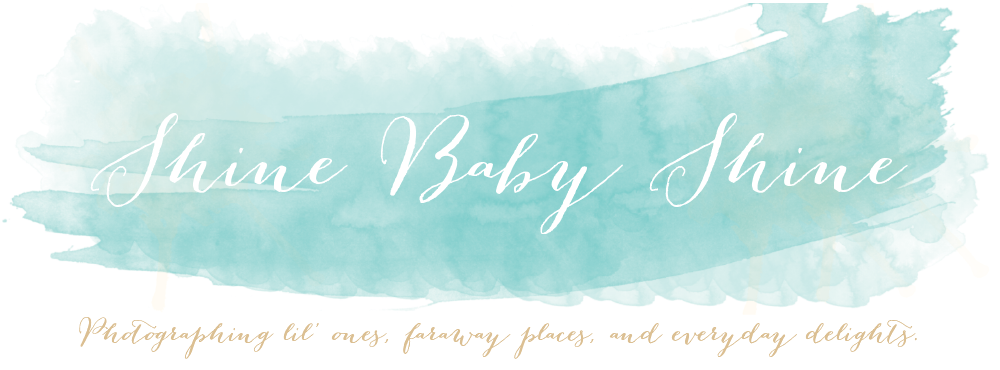Let me start off by saying my two year-old niece is anything but terrible. Isla is a super cute, caring, and energetic little girl. The only thing terrible about Isla is her extreme aversion to having her photo taken. I learned this first hand while taking holiday photos. Any time I pointed my camera at her and pleaded for a smile, she ran away or politely said no or stuck out her tongue (or made a crazy face like the one below).
And because I am still learning to adjust the settings on my camera, even when she was cooperating, I often missed the shot. In the end, I decided to adjust my expectations a little. I might not capture a perfect shot by the Christmas tree, but I still could get some keepers. Here are couple of things I learned that day.
Plan an activity
Thankfully I had suggested beforehand that we make gingerbread cookies during our photo shoot. By distracting Isla with a favourite activity, I was able to snap a couple shots where she forgot the camera was focused on her.
Crop Photos
If I thought taking a photo of Isla smiling was a challenge, capturing one with Maelle smiling too proved to be impossible. When I looked through my photos I didn't see any of both girls smiling, but there was one that would work with a bit of tweaking. Using my photo editing software (Adobe Lightroom, but any basic software would do the trick), I cropped Maelle out of the photo. Voila!
As I general rule I like to get in close when taking kid's portraits, but with a camera shy child it can be helpful to take some photos from farther away and then crop after the fact.
When cropping, its important to ensure you're shooting your pictures at the highest resolution. When you crop a photo and then re-size it to the original dimensions, you lose quality and clarity in the photo (which will be noticeable if the original resolution was low) . Here's an article that provides further explanation about resolution.
Embrace the Unexpected
My original intent was to take Christmas related photos, however two of my favourites ended up being of unexpected moments from the day. It may seem obvious to say, but it's worth remembering that often the best photos tell a story and evoke a memory. And sometimes this isn't always a happy moment or an expected one.
In the first photo, Isla was jumping in excitement while watching her favourite TV show, Dora the Explorer. In the second photo, Isla erupted in sadness when she heard a song she loved, but realized that she wasn't dancing to it.
Overall, although I failed in getting Isla and Maelle to pose for a great cousin shot, it still proved to be a fun shoot. Here's one more photo from the day before Christmas!
 |
| The terrible twos + a six month old who doesn't take direction = trouble |
Plan an activity
Thankfully I had suggested beforehand that we make gingerbread cookies during our photo shoot. By distracting Isla with a favourite activity, I was able to snap a couple shots where she forgot the camera was focused on her.
Crop Photos
If I thought taking a photo of Isla smiling was a challenge, capturing one with Maelle smiling too proved to be impossible. When I looked through my photos I didn't see any of both girls smiling, but there was one that would work with a bit of tweaking. Using my photo editing software (Adobe Lightroom, but any basic software would do the trick), I cropped Maelle out of the photo. Voila!
 |
| As shot |
 |
| Cropped in Adobe Lightroom |
When cropping, its important to ensure you're shooting your pictures at the highest resolution. When you crop a photo and then re-size it to the original dimensions, you lose quality and clarity in the photo (which will be noticeable if the original resolution was low) . Here's an article that provides further explanation about resolution.
Embrace the Unexpected
My original intent was to take Christmas related photos, however two of my favourites ended up being of unexpected moments from the day. It may seem obvious to say, but it's worth remembering that often the best photos tell a story and evoke a memory. And sometimes this isn't always a happy moment or an expected one.
In the first photo, Isla was jumping in excitement while watching her favourite TV show, Dora the Explorer. In the second photo, Isla erupted in sadness when she heard a song she loved, but realized that she wasn't dancing to it.
Overall, although I failed in getting Isla and Maelle to pose for a great cousin shot, it still proved to be a fun shoot. Here's one more photo from the day before Christmas!











